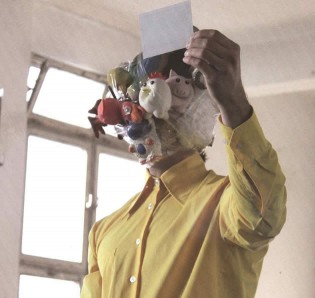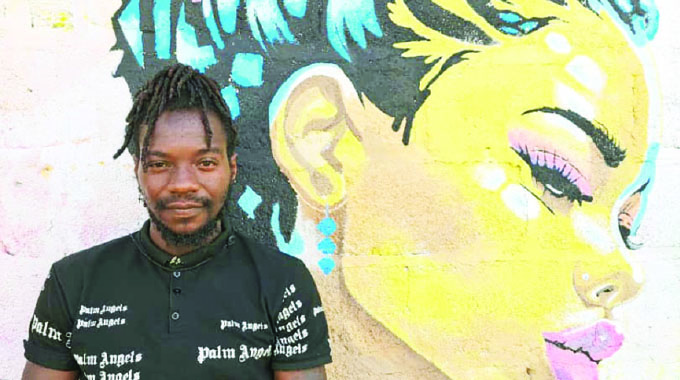‘Time to Pretend’ exhibits

Problem Masau Arts Correspondent
A unique exhibition titled “Time to Pretend” opened at First Floor Gallery on Monday. Unlike other exhibitions where visual arts like paintings and sculptures are displayed, “Time to Pretend” uses human body as an expression of art. The showcase is expected to go to other venues in the capital throughout the week.
First Floor Gallery director Marcus Gora said “Time to Pretend” presents different ways to trace historical events and transform them into contemporary narratives.
“The artistes who exhibited use performative practices to raise questions of cultural heritage and belonging, identity and social determination.
“In various ways they refer to memories and traditions of the past, rediscovering, re-enacting and rewriting them. The selected works shift from straight statements to fragile positions, from rough documentary shots to carefully composed art-pieces,” he said
The works on display were assembled by artistes from Nigeria, South Africa, the United States, Germany, Denmark and Portugal.
Some of the artistes who displayed their works included Mudi Yahaya who deals with visual vocabularies of African identities. Sometimes pretending to come from a documentary view, Yahaya goes deep into the construction of belonging and differences, shifting them to symbolic and surreal iconographies.
The works of Nigerian-American Wura-Natasha Ogunji were also on display. The artiste engages her own body in explorations of movement, time and her personal history. Her performances investigate the physical, historical and emotional connections between Africa and the Americas via the black female body.
Her video works describe imagined journeys and futuristic, outer worldly landscapes to trace connections to a cultural heritage that she mostly knows from afar.
Another work of art that captured the imagination of the audience was that of Dennis Feser from the series “Colonial Desire”.
The video work is based on his own body, reading and re-writing it as a surface of colonial dedication.
In his densely composed and edited videos, Feser altered and extended his body into the surrounding spaces and discourses until they melt into organic metabolism, where colonial past and future interfere with each other.
The exhibition presented seven positions of performance, photography and body based video art to complement the live program of biennial.








Comments